The agriculture sector is the main source of livelihood in India. Agriculture farming plays an important role in the Indian economy. More than 70% of rural households depend on agriculture. Agriculture is a broad term for anything that grows crops and provides animal feed, food, and materials that people can use and enjoy. Farming, which involves cultivating land and raising livestock, is a part of agriculture, including the science of plants.
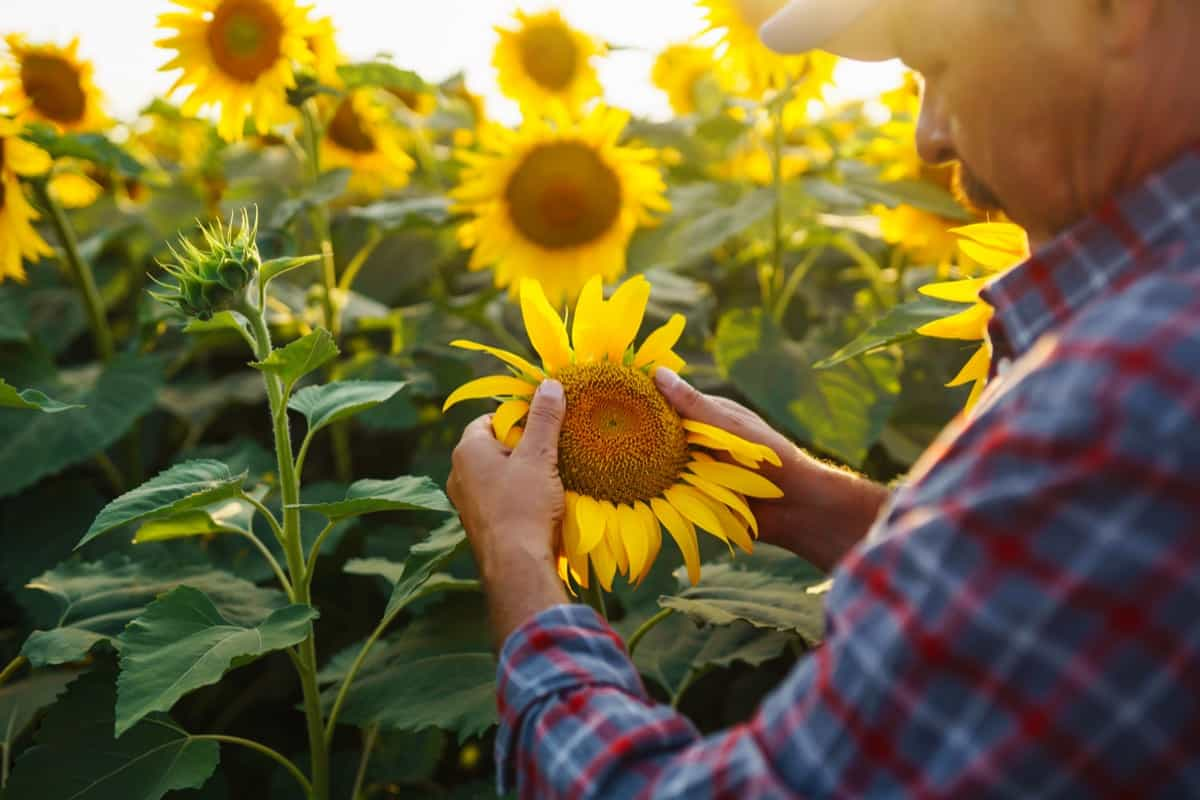
The agro-industry has undergone a radical change in the last 50 years. Advances in machinery have increased agricultural equipment’s scale, speed, and productivity, leading to more efficient cultivation of more land. Seeds, irrigation, and fertilizers have also improved significantly, helping farmers increase production. Artificial intelligence, connected sensors, and other emerging technologies can further increase productivity, improve the efficiency of water and other inputs, and create flexibility in crop cultivation and animal husbandry.
A rising population, rising average income, and globalization in India will increase the demand for quality, nutritious food and various food. Modern farms and agricultural activities have changed mainly due to technological advances, including sensors, equipment, machines, and information technology.
Agriculture Farming in India
The Agriculture Importance and its Role in Daily Life
Agriculture is an important source of livelihood. It requires hard work, but it contributes to its food security and health. Agriculture was the mainstay of the economy. With so many commercial options emerging, many people depend on agriculture for their income. Agriculture is an environmentally friendly method. It is a reliable income source for humanity and an honest source of income. Many people in developing countries depend on the agriculture sector for their livelihood.
In case you missed it: Climate-Resilient Crop Varieties: Why You Should Consider Climate-Smart Agriculture
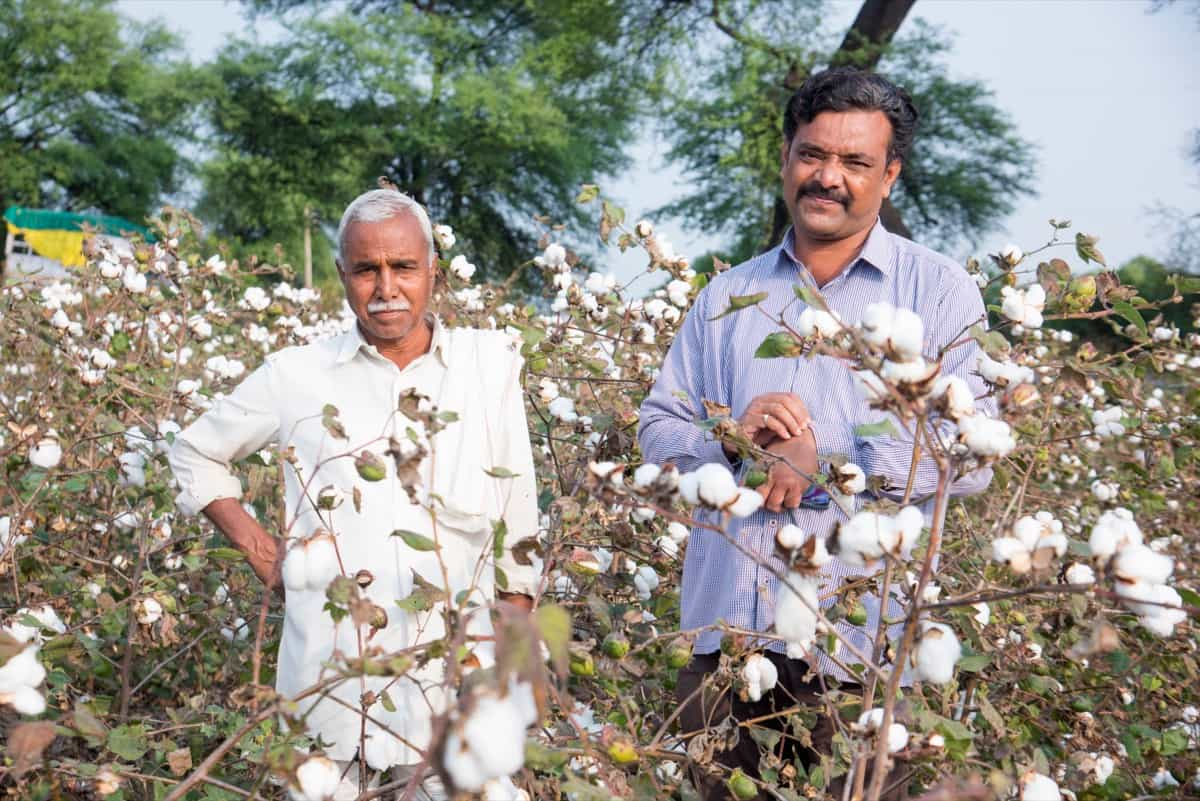
Some people have agriculture as a side business in other businesses. It includes dairy, poultry, forestry, beekeeping, and sericulture. The agriculture sector produces food, feed, fiber, and many other desirable products by cultivating certain plants and raising livestock. Agriculture plays an essential role in the whole life of a given economy. The agriculture sector is the backbone of a country’s economic system.
The farming process is also known as “farming,” while scientists, inventors, and others dedicated to improving farming methods and tools are also said to be engaged in agriculture. Farming is a method of growing crops and raising animals for food and raw materials such as vegetables, fruits, milk, fiber, meat, etc. Farming is considered a small category in a wide range of agriculture, including processing flowers, vegetables, biofuels, medicines, fibers, nursery plants, fertilizers, and leather. Different forms of agricultural systems are practiced in India;
- Subsistence farming
- Shifting agriculture
- Plantation agriculture
- Intensive farming
- Dry agriculture
- Crop rotation
Different Types of Farming Systems in India
Different farming systems are used strategically in India, depending on the places where they are most suitable. Farming systems that contribute to Indian agriculture are food, organic, and commercial farming. Areas across India vary in the types of farming they use, some based on horticulture, livestock farming, agroforestry, and more.
Due to the geographical location of India, some parts experience different climates, thus affecting the agricultural production of each region in different ways. India relies heavily on its monsoon cycle for large crop production. Farmers practice different farming types depending on the nature of the land, climatic characteristics, and available irrigation facilities. Agricultural practices often vary worldwide in climate, terrain, traditions, and available technology.
Low-technology farming involves permanent crops – Citrus trees and coffee plants are examples of permanent crops. High-tech farming involves crop rotation, which requires knowledge of arable land. Scholars and engineers not only use crop rotation and irrigation but also plant crops according to weather, soil type, and water requirements. The different types of farming systems are:
Shifting Agriculture
In this type of agriculture, the forest land is first cleared by cutting down trees and burning the stems and branches. Crops are planted for two to three years after the land is cleared, and the land is abandoned to the low land fertility. Farmers then move to new areas, and this process is repeated. Dry paddy, maize, millet, and vegetables are the most commonly grown crops in this type of farming.
Subsistence Agriculture
In the subsistence agriculture sector, farmers produce grain only for themselves or the local market. It is characterized by small and scattered lands and ancient tools. Farmers, being poor, do not use fertilizers and high-yielding seeds in their fields as much as they should. Cereals like Wheat, Rice, and Millets are mainly raised.
In case you missed it: 15 Best CCTV Cameras for Farm Security in India: Price, and Wireless for Agriculture Surveillance
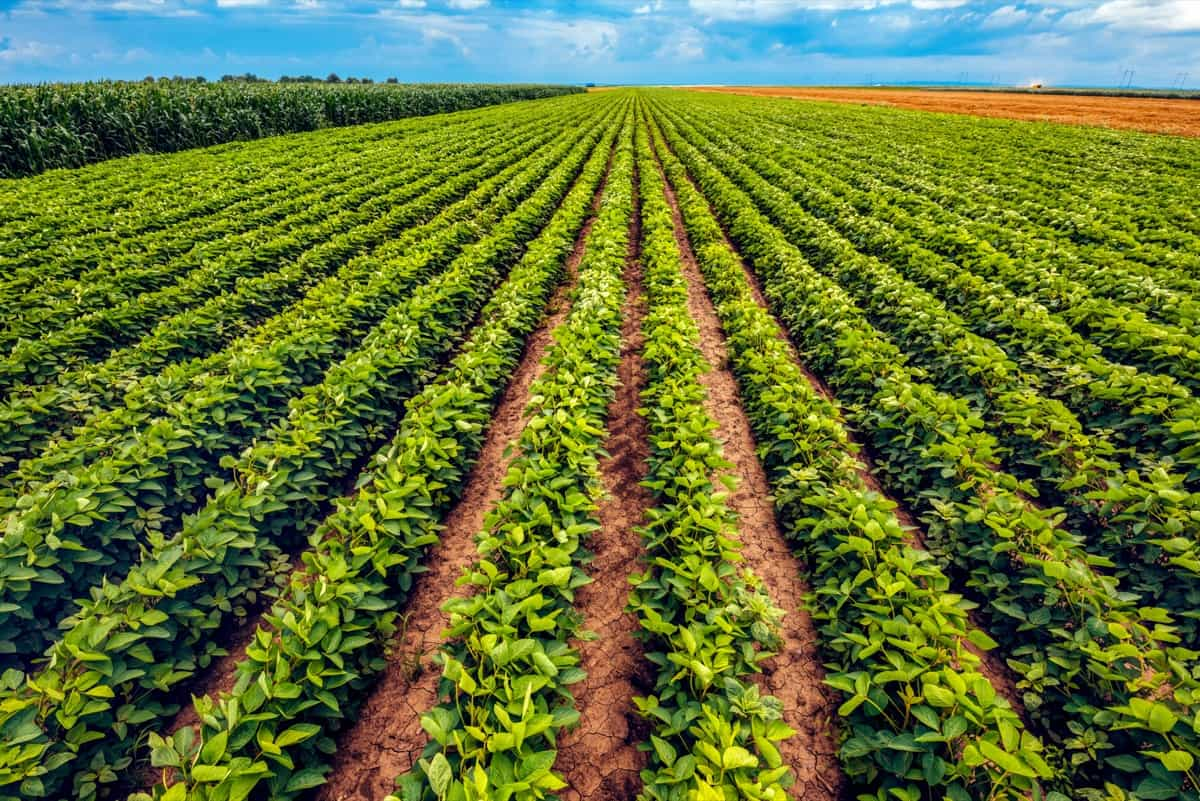
The majority of farmers in India cultivate for their consumption. The whole crop is used mainly by farmers and their families, and they have no surplus to sell in the market. Food agriculture is primarily a food production for farmers and is found mainly in less developed countries. In subsistence agriculture, small-scale farming is mainly used by farmers and their families. Sometimes, food can be sold if there is an overdose, but this is not normal. In commercial agriculture, the main purpose is to make a profit.
Intensive Farming
Intensive farming aims to achieve the maximum possible yield in limited fields with all possible efforts under the conditions. It can grow more than one crop per year, and huge investments and human labor are required for each hectare of land. It is common in most parts of densely populated areas. In areas where irrigation is possible, farmers use fertilizers and pesticides extensively. They have also brought their land under high-yielding seeds. They have mechanized agriculture by introducing machines in various farming processes.
Extensive Farming
It is a modern farming system done on large farms, also called mechanical farming, due to the extensive use of machines. Extensive farms produce only one crop a year, and labor and capital employment per hectare of land are relatively low. The main difference between intensive and extensive farming is the amount of land produced per unit. When a large piece of land is used for cultivation, we call it extensive cultivation. Here, the total production may be higher due to the large area but less production per unit. Intensive farming records a high land yield per unit.
Plantation Agriculture
The same cash crop is cultivated for sale in national and international markets in this type. This type of farming involves growing and processing a cash crop that is purely for sale. Tea, Coffee, Rubber, Bananas, and Spices are all examples of plant crops. Planting agriculture is limited to the tropics, i.e., on both sides of the equator. Tree planting is present on every continent which has a tropical climate.
Commercial Agriculture
Commercial agriculture is practiced to grow crops on a large scale to be exported to other countries and earn money. This type of farming is mainly done in sparsely populated areas. Gujarat, Punjab, Haryana, and Maharashtra are mainly engaged in this type of farming. Wheat, Cotton, Sugarcane, Maize, etc., are some commercial crops.
In case you missed it: Impact of Blockchain Technology and ChatGPT on Agriculture
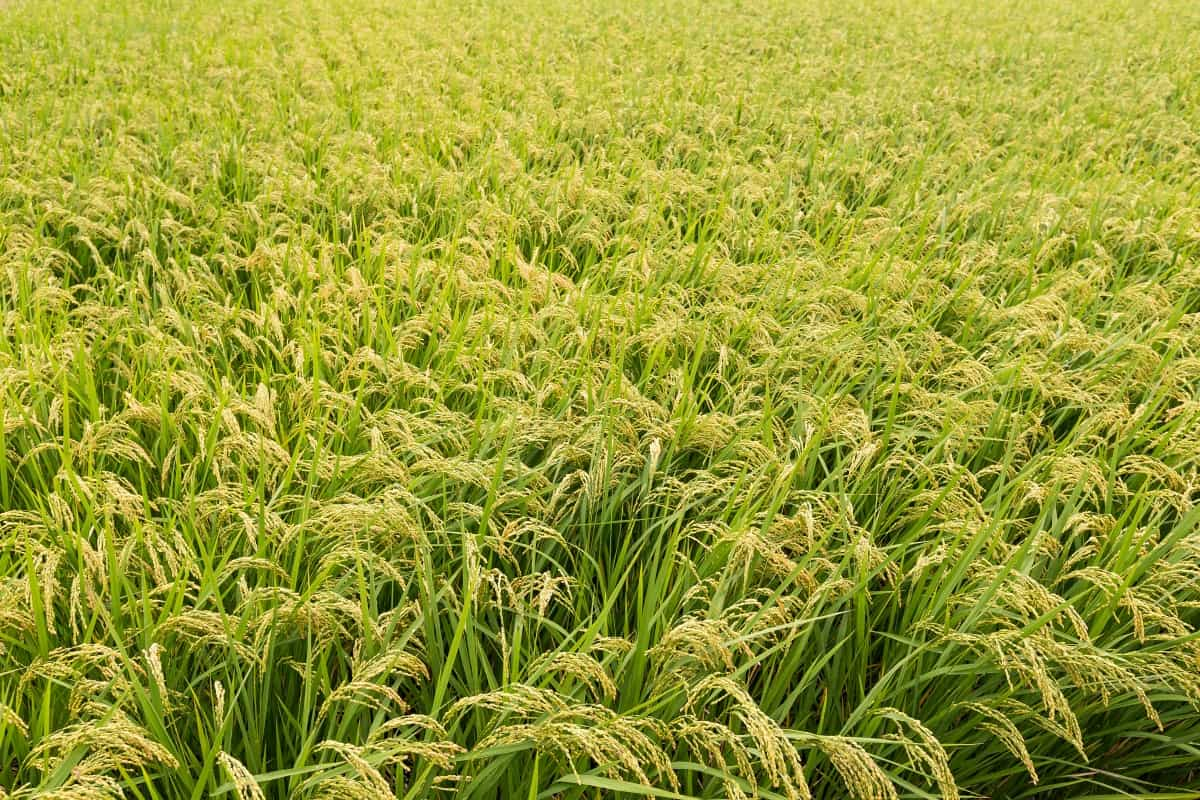
Dryland Farming
Dry or dryland farming is an exercise in growing crops without irrigation in areas where the annual rainfall is 750 mm – 500 mm or less. In dryland farming, moisture is retained by picking certain crops. Gram, Jowar, Bajra, and Peas are crops that need less water. It is practiced in areas with low rainfall or insufficient irrigation facilities. It is common in arid regions of the country like western, northwestern India, and central India.
Wetland Cultivation
Wetland cultivation is mainly dependent on rainfall, so it is done in areas with high rainfall or good irrigation. Wetland agriculture is a farming type done in the presence of water land. These lands are areas where water covers the soil or is present all year round on or near the soil surface or at different times, including during the growing season.
Wetlands vary widely due to regional and local differences in other factors, including soil, topography, climate, hydrology, aquatic chemistry, vegetation, and human disturbances. Wetlands have been used for agriculture, and they provide valuable environmental services, such as food and clean water, soil retention, and nutrient cycling. In some areas, wetlands for agriculture have been drained and rehabilitated on a large scale.
Mixed and Multi-agriculture
Mixed farming refers to the cultivation of crops and simultaneous animal husbandry. Multiple farming is used to demonstrate growing two or more crops together. In this case, different ripening crops are sown at the same time. This process is followed in areas with good rainfall or irrigation facilities.
Challenges for Indian Agriculture
The challenges facing Indian agriculture can be broadly divided into long-standing problems and problems arising from existing agricultural practices, systems, changing climate, and economy.
Major crop production stagnation – Production of important food crops like Rice and Wheat has been stagnant for a long time. This situation is troubling our agricultural scientists, planners, and policymakers as it makes a huge difference between the demand and production of a constantly growing population.
High cost of farm inputs – Farm inputs include fertilizers, pesticides, insecticides, HYV seeds, farm labor costs, etc. Such an increase would be detrimental to farmers with low and medium landholdings.
Soil exhaustion – The Green Revolution has played a positive role in reducing hunger in India, but it also has negative consequences. One of them is soil fatigue which means loss of nutrients in the soil due to repeated cultivation of the same crop.
Groundwater depletion – Another negative consequence of the green revolution is the scarcity of fresh groundwater. In the arid areas of Punjab, Haryana, and western Uttar Pradesh, most of the irrigation was done by using more groundwater. In these states, the fresh groundwater situation is alarming.
In case you missed it: Best Regenerative Agriculture Practices Every Grower Should Follow and Why It Is Important
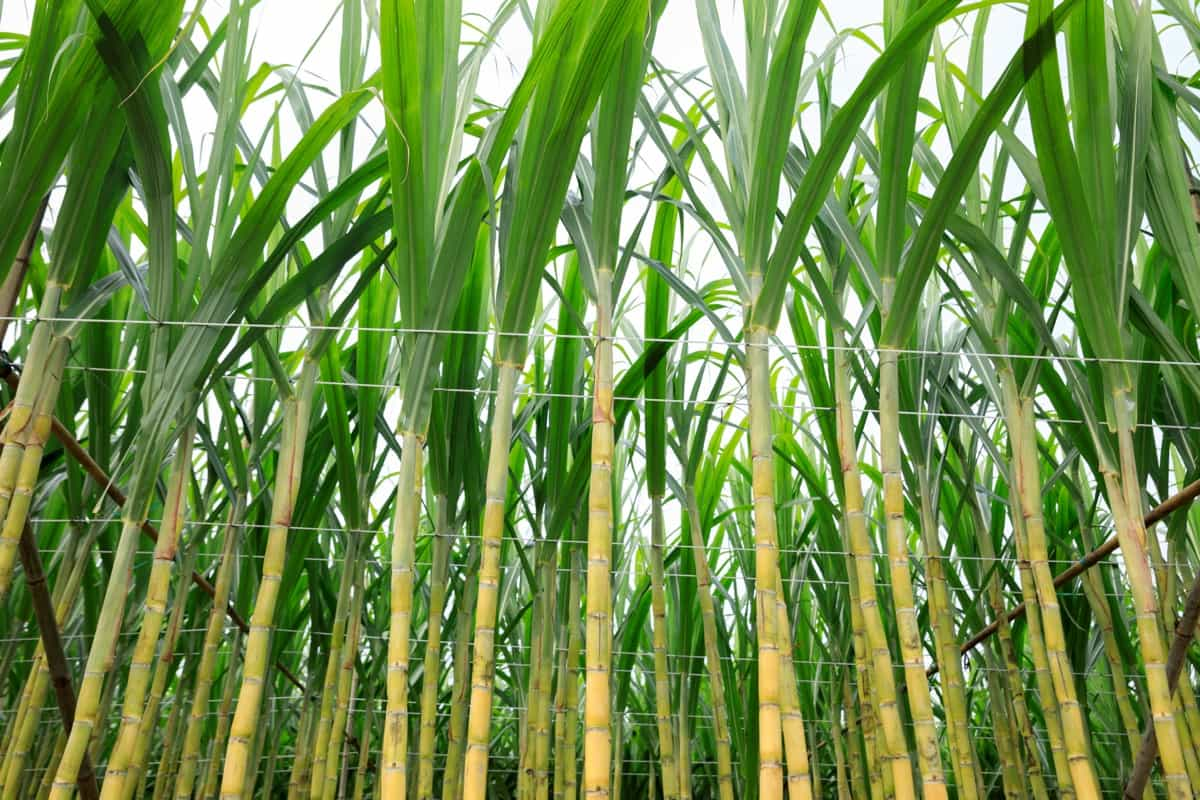
The Future of Indian Agriculture
Digital Agriculture
Digital agriculture technologies like artificial intelligence (AI) and machine learning (ML), remote sensing, big data, blockchain, and IoT transform agricultural value chains and modernize operations. The key factor behind the gradual adoption of digital farming in India is the importance of isolated smallholder farms, which complicates data collection. Limited access to machinery and recurring natural disasters have negatively affected the deployment of digital solutions.
Implementing digital agriculture on a small farm will require a custom approach, which can be expanded later and available to many Indian farms. The digital agriculture application includes technical interventions based on remote sensing, soil sensors, market insights, etc., allowing farmers to collect, visualize, and evaluate crop and soil health conditions at different production stages. Then, they can serve as a starting point for finding potential challenges to deal with them quickly.
Artificial Intelligence (AI)
- Crop and Soil Monitoring – Crop and soil health can be monitored by sensors.
- Predictive Agricultural Analytics – Farming methods lack access to the scientific understanding of crop life cycle, pests, quality matrix, and the latest micro fertilizers.
- Real-time data analytics can be used for an efficient supply chain.
Agricultural Diversification
Agriculture meets the demand for food commodities and other development needs. Fruits, vegetables, spices, cashews, nuts, coconuts, flour products, flowers, orchids, dairy, and livestock and products have been added to the farming business in recent years. Similarly, the demand for these products is also increasing. Liberalization of the economy has opened up many opportunities for the agricultural sector in terms of production and trade.
New Biological Technologies for the Future of Agriculture in India
The growing use of chemical fertilizers and pesticides was widely encouraged during the Green Revolution to meet the growing food need to feed people. The growing demand for food and uncontrolled natural resource exploitation threaten the environment and agriculture. To prevent further agricultural damage, more attention is being paid to the employment of biotechnology in agriculture and the development of new organic technologies. The limited use of mechanized farming methods has the development of a more organized and productive agricultural sector.
In case you missed it: The Impact of Nano Fertilizers in Agriculture for More Yields and High Profits
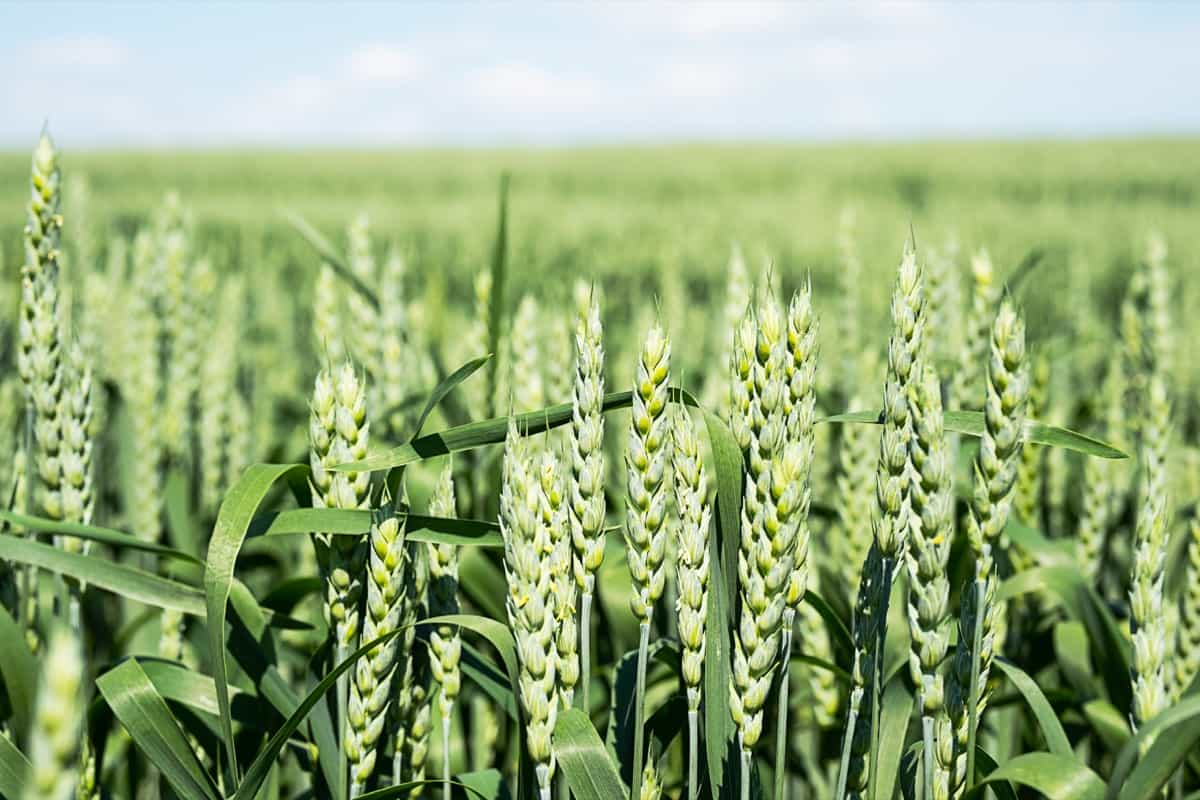
India is familiar with new technologies, but farmers cannot adapt due to the cost of new agricultural machines. The government will have to take benefit of financial viability and introduce schemes such as Rashtriya Krishi Vikas Yojana or rental machines to put new agriculture technologies into practice. Some agriculture technologies will be widely used in the future and become commonplace in a short time, while some technologies will take time to mature. These modern agricultural tools will make agriculture more profitable and environmentally friendly.
- Types of Pesticides Used in Agriculture: A Beginner’s Guide
- Economical Aquaculture: A Guide to Low-Budget Fish Farming
- 15 Common Planting Errors That Can Doom Your Fruit Trees
- How to Make Houseplants Bushy: Effective Tips and Ideas
- Innovative Strategies for Boosting Coconut Pollination and Yield
- Pollination Strategies for Maximum Pumpkin Yield
- The Complete Guide to Chicken Fattening: Strategies for Maximum Growth
- Natural Solutions for Tulip Problems: 100% Effective Remedies for Leaf and Bulb-Related Issues
- Revolutionizing Citrus Preservation: Towards a Healthier, Greener Future
- Natural Solutions for Peony Leaf and Flower Problems: 100% Effective Remedies
- Maximizing Profits with Avocado Contract Farming in India: A Comprehensive Guide
- Natural Solutions for Hydrangea Problems: 100% Effective Remedies for Leaf and Flowers
- The Ultimate Guide to Choosing the Perfect Foliage Friend: Bringing Life Indoors
- From Sunlight to Sustainability: 15 Ways to Use Solar Technology in Agriculture
- The Ultimate Guide to Dong Tao Chicken: Exploring from History to Raising
- The Eco-Friendly Makeover: How to Convert Your Unused Swimming Pool into a Fish Pond
- Mastering the Art of Delaware Chicken Farming: Essentials for Healthy Backyard Flocks
- 20 Best Homemade Fertilizers for Money Plant: DIY Recipes and Application Methods
- How to Craft a Comprehensive Free-Range Chicken Farming Business Plan
- Brighten Your Flock: Raising Easter Egger Chickens for Beauty and Bounty
- How to Optimize Your Poultry Egg Farm Business Plan with These Strategies
- Subsidy for Spirulina Cultivation: How Indian Government Schemes Encouraging Spirulina Farmers
- Ultimate Guide to Raising Dominique Chickens: Breeding, Feeding, Egg-Production, and Care
- Mastering the Art of Raising Jersey Giant Chickens: Care, Feeding, and More
- Ultimate Guide to Raising Legbar Chickens: Breeding, Farming Practices, Diet, Egg-Production
- How to Raise Welsummer Chickens: A Comprehensive Guide for Beginners
- How to Protect Indoor Plants in Winter: A Comprehensive Guide
- Ultimate Guide to Grow Bag Gardening: Tips, Tricks, and Planting Ideas for Urban Gardeners
- Guide to Lotus Cultivation: How to Propagate, Plant, Grow, Care, Cost, and Profit
- Agriculture Drone Subsidy Scheme: Government Kisan Subsidy, License, and How to Apply Online
- Ultimate Guide to Raising Araucana Chickens: Breed Profile, Farming Economics, Diet, and Care
- Bringing Hydroponics to Classroom: Importance, Benefits of Learning for School Students
- Ultimate Guide to Raising Polish Chickens: Breed Profile, Farming Economics, Diet, and Care
- Ultimate Guide to Raising Australorp Chickens: Profile, Farming Economics, Egg Production, Diet, and Care
- Silkie Chicken Farming: Raising Practices, Varieties, Egg Production, Diet, and Care
- Sussex Chicken Farming: Raising Practices, Varieties, Egg Production, Diet and Care